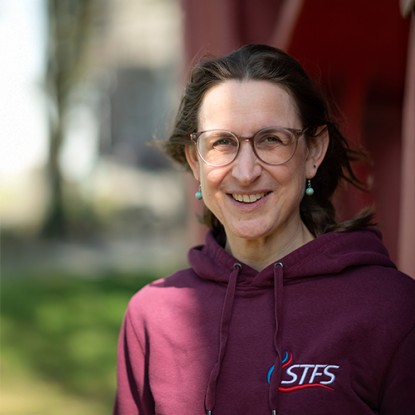Towards accurate reactor descriptions in the large-scale evaluation of metal-enabled energy cycles
New publication
2025/04/07
You might remember that I’ve talked about reduced-order modeling before – especially in the context of Chemical Reactor Networks (CRNs). I’m proud to share that I was part of a recent collaboration with colleagues from Mathematics, where we brought together engineering and mathematical perspectives to tackle this complex topic.
Towards accurate reactor descriptions in the large-scale evaluation of metal-enabled energy cycles
You might remember that I’ve talked about reduced-order modeling before – especially in the context of Chemical Reactor Networks (CRNs). I’m proud to share that I was part of a recent collaboration with colleagues from Mathematics, where we brought together engineering and mathematical perspectives to tackle this complex topic.
Read the full paper Scale-bridging within a complex model hierarchy for investigation of a metal-fueled circular energy economy by use of Bayesian model calibration with model error quantificationat https://lnkd.in/eVZcnvSy
CRNs combine the efficiency necessary for many- and dynamic-query problems, such as optimization, with the ability to process detailed chemistry. This holds if:
- Valid model responses are obtained for conditions without CFD or experimental reference data
- Uncertainties resulting from the complexity-reduction compared to high-resolution models are quantified
Studying a lab reactor for Flash Ironmaking with data from the literature, we have recently accomplished both points, ultimately showing the potential of CRN models to be used in exergo-economic and robust optimization models that support decision-making in the context of metal energy carriers.
Key insights:
- Explicitly modeling the dependence of sensitive parameters on the operation conditions enables a model covering the full design space.
- Simple CRN structure combined with first-order meta model leads to good prediction of the reduction degree while maintaining the efficiency required for uncertainty quantification and multi-query application.
- Model integration within metal-enabled energy cycles will benefit from an integrated design of (numerical) experiments on the reactor scale, where a single test case is illuminated from various angles (e.g., LES, RANS, experiment, CRN) and design parameters are chosen in accordance with the requirements of large-scale evaluation models where possible.
Find our data and parts of our code at: https://lnkd.in/eSZj763i




